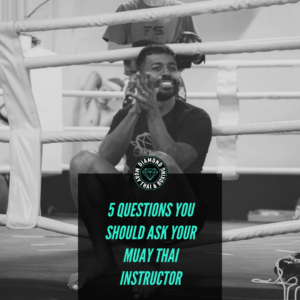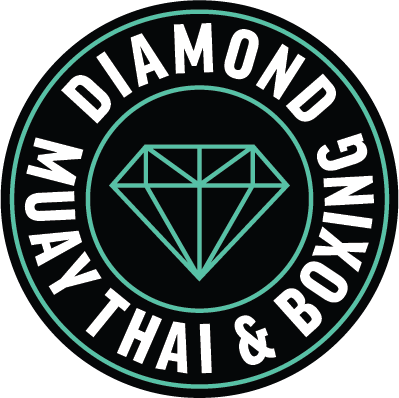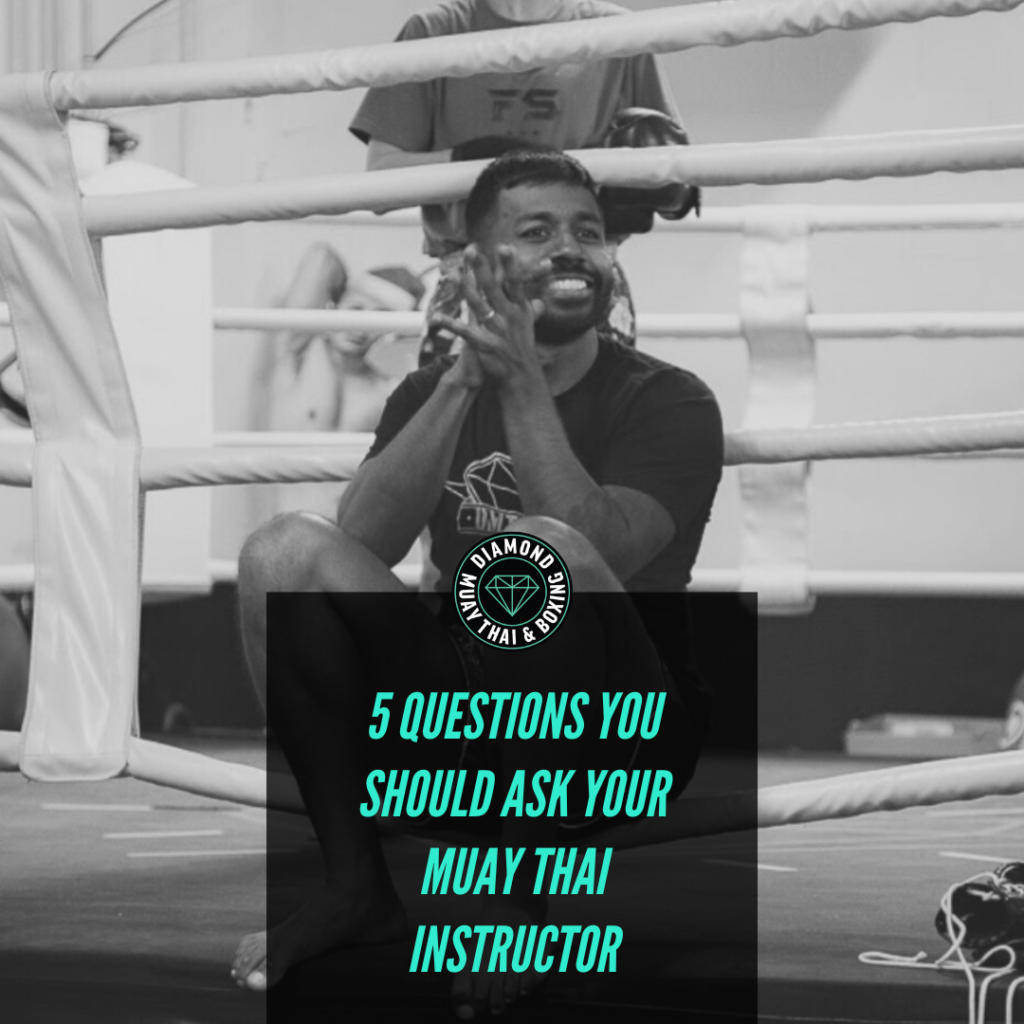5 Questions You Should Ask Your Muay Thai Instructor | Diamond Muay Thai Toronto
5 Questions You Should Ask Your Muay Thai Instructor
 Learning to master the art of Muay Thai is a great way to stay fit and have fun. But how do you ensure that your classes are as effective as possible?
Learning to master the art of Muay Thai is a great way to stay fit and have fun. But how do you ensure that your classes are as effective as possible?
Fortunately, there are several key questions you can ask your instructor during Muay Thai class that will help you make the most of your training.
Let’s take a look at five of them.
1. What Am I Working Toward?
A great place to start is by asking your instructor what kind of goals they have in mind for the class. This could include targets for improved coordination, power, speed, agility, or cardiovascular endurance. Knowing what it is that you’re working toward can help you focus on the right elements and maximize your progress.
2. What Are My Weaknesses?
It’s important to know where you’re lacking so that you can address those areas and improve overall performance. For example, if your footwork requires work then it would be beneficial to find out which drills could help with this so that you can make sure they become part of your regular routine.
3. How Can I Improve My Form?
The way in which we perform certain techniques is an important factor in our success when sparring or fighting competitively—so being able to ask about ways to refine our form and technique should be an essential part of any Muay Thai class curriculum. Asking questions about what could be done to help hone our movements will ensure that we don’t miss out on any valuable tips or tricks from our instructor.
Also, booking 1 to 1 Private Training can help form and technique.
4. How Can I Increase My Speed/Strength?
If strength or speed are particular areas of weakness for you then it makes sense to ask your instructor how these qualities can be improved through specific drills and exercises tailored specifically towards those goals. It’s also worth noting whether there are particular combinations or sequences which could help increase power output when striking—as this is something else which may need work depending on individual level of experience with Muay Thai training sessions prior to starting classes with a new instructor!
5. What Other Resources Are Available To Me?
It’s always useful to know what other resources may exist outside of traditional Muay Thai classes which could provide useful additional insight into various techniques or concepts related to martial arts training in general—such as books, videos etcetera—as well as any online forums where like-minded practitioners might be able to provide advice or answer questions about their own experiences too!
Also worth asking if there are any competitions taking place nearby so as not only get involved but also see how others perform under pressure too – potentially inspiring us further along our journey!
Asking these five key questions during Muay Thai class will give you a better understanding of what it takes to excel in this martial art form — and allow you define clear objectives for yourself based on the answers given by your instructors!
Additionally, having access to a variety of resources outside of traditional classes means that students can continue their learning even when not physically attending sessions —helping them stay motivated and dedicated towards achieving their martial arts goals!
See you on the Mats – Diamond Style.


